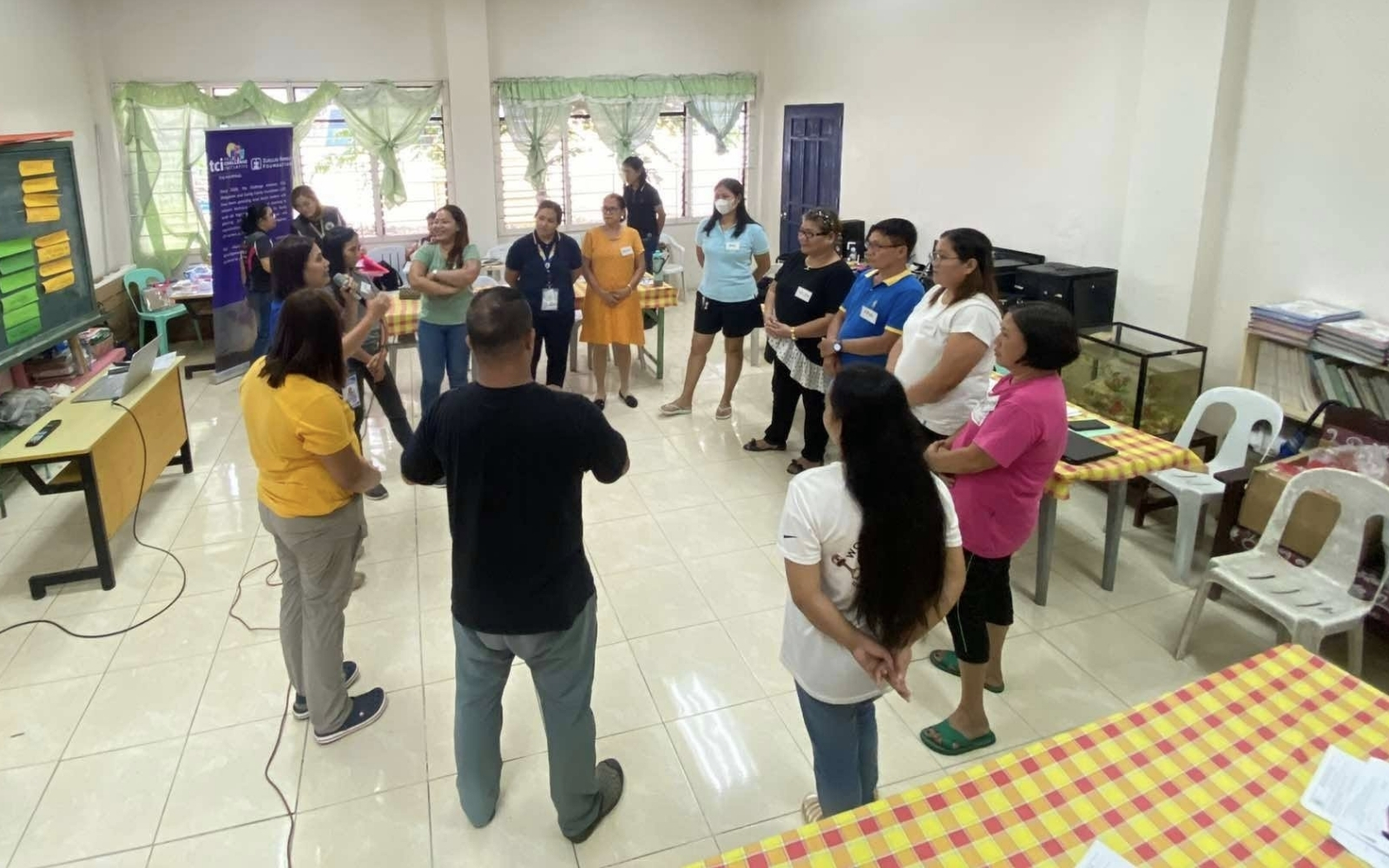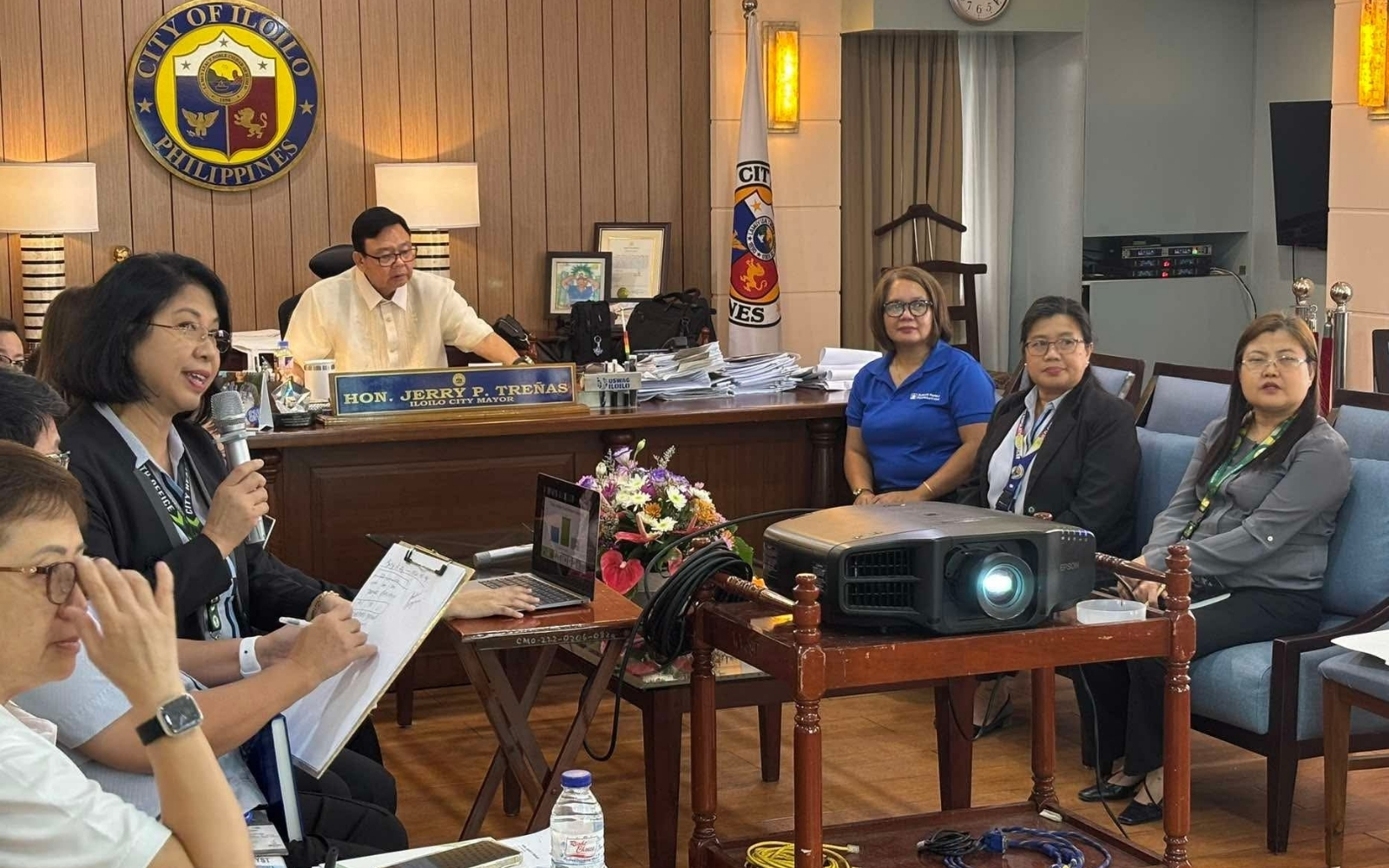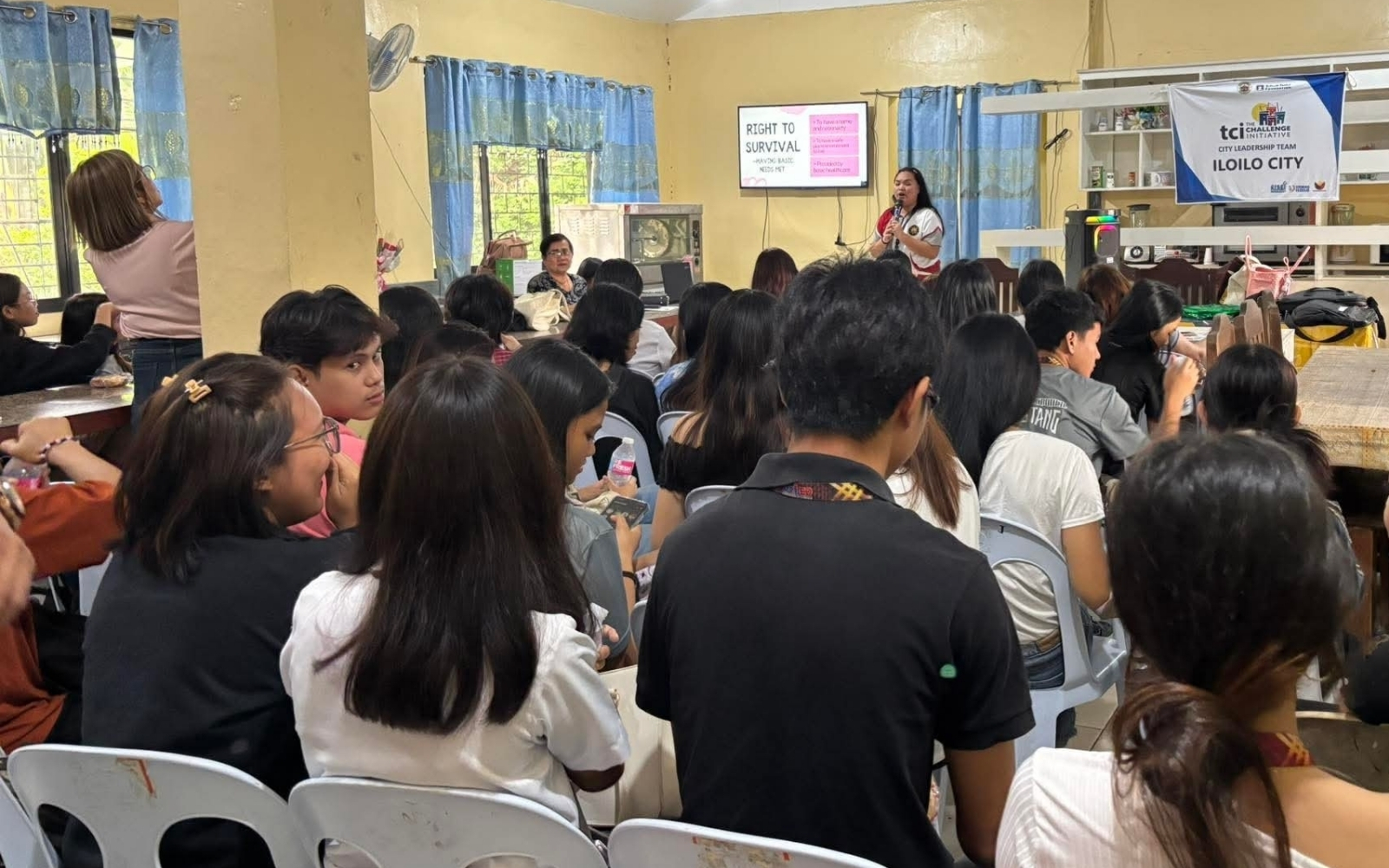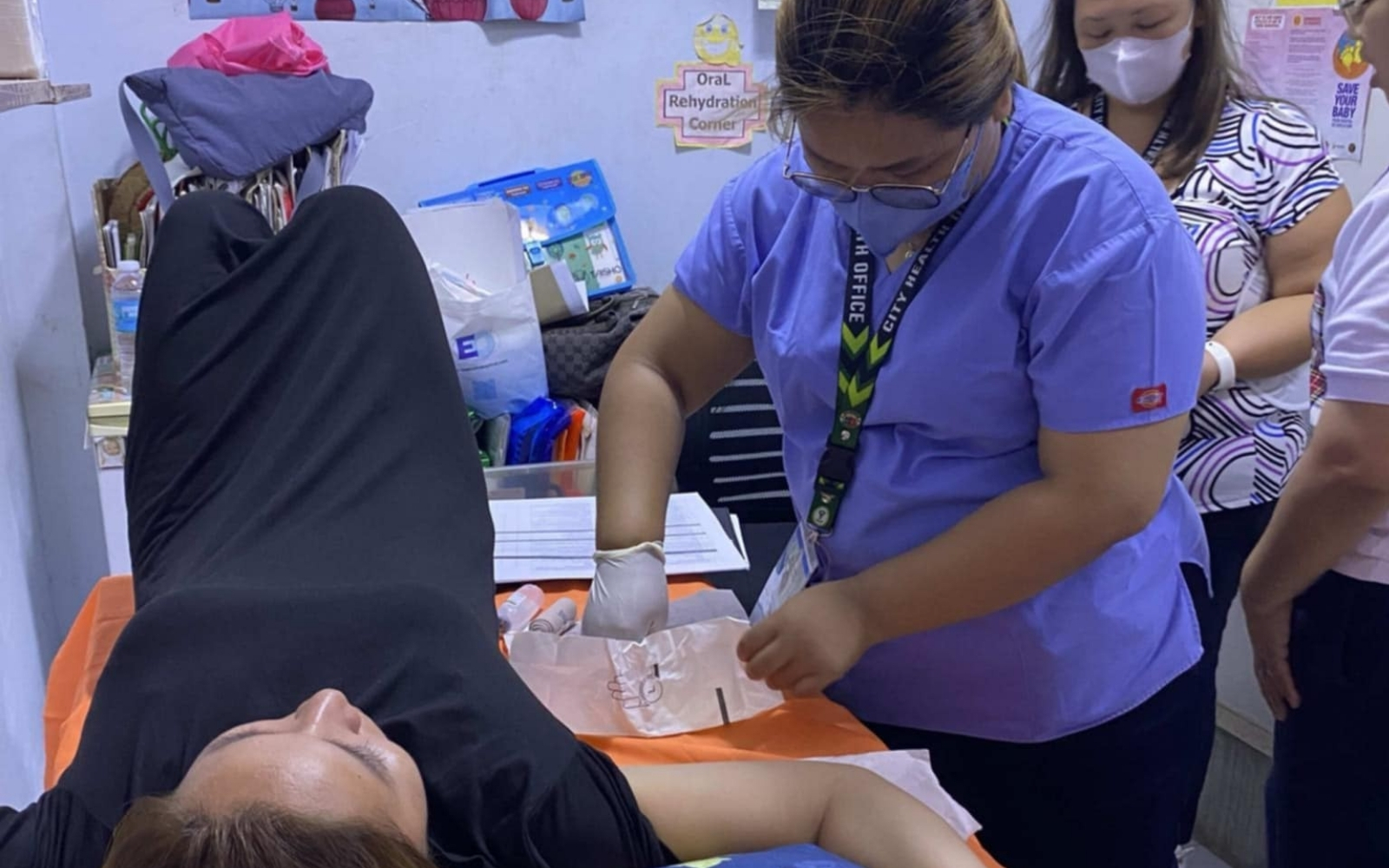Iloilo’s Youth Health Movement in Action
Stories

Iloilo City, lovingly called the ‘City of Love’, has long been known for its cultural richness and educational institutions. But in recent years, it has also emerged as a national model for adolescent health reform. Faced with rising rates of teen pregnancy and weakened service delivery, the city responded with bold leadership, strong partnerships, and deep youth engagement—changing the story for its young population.
A Crisis in Continuity
In 2019, Iloilo City’s Adolescent Health and Development Program (AHDP) was in crisis. A leadership change at the City Health Office and the retirement of key personnel created disruptions in program continuity. At the time, the city had only one Level 2 Adolescent-Friendly Health Facility (AFHF) based in the Arevalo District. Despite support from the Integrated Service Delivery Network (ISDN) and local ordinances, the program remained fragile.
Even before the pandemic, adolescent health was already at risk. The city recorded an adolescent birth rate (ABR) of 36 per 1,000 girls aged 15–19 in 2019. One particularly alarming case involved a 10-year-old girl, the youngest known to give birth in the city—a clear sign of service gaps and unmet needs. By 2022, adolescents made up more than 18% of the city’s total population, amplifying the urgency.
Then COVID-19 struck, stalling what little progress had been made.
A Turning Point: Local Action Meets Global Support
Change began in earnest in 2022, when Iloilo City joined The Challenge Initiative (TCI)—a global program that supports local governments in implementing high-impact, sustainable family planning (FP) and adolescent and youth sexual and reproductive health (AYSRH) interventions. Co-managed by the Zuellig Family Foundation and Bill and Melinda Gates Institute for Population and Reproductive Health, TCI helped the city reframe adolescent health as a shared, multisectoral responsibility.
A City Leadership Team (CLT) was formed, expanding the existing Technical Working Group into a powerhouse of cooperation. Members included city government units, the Department of Education (DepEd), the Technical Education and Skills Development Authority (TESDA), local colleges, the Iloilo City Police, the Sangguniang Kabataan (SK) Federation, and community organizations. Using TCI’s assessment tool as a strategic guide, the CLT pinpointed gaps and co-created solutions rooted in local realities.
“Through the Health Leadership and Management Program, our people evolved from support staff into leaders,” said Florence Joy Rubido, AHDP Nurse Coordinator. “We have achieved substantial progress. All district health centers in Iloilo City now have at least one Adolescent-Friendly Health Facility, and all adolescent focal persons from our nine district health centers have been capacitated through the AHDP foundational course in October 2023.”
Related articles:
- Eight Cities Share Success in Family Planning and Adolescent Health
- Cities Lead the Way in Family Planning and Adolescent Health—Webinar Series to Spotlight Local Innovations
Youth Voices at the Center
Iloilo’s new approach centered on empowering adolescents to lead. Programs like KaTEenAran, a teen center at Nabitasan Integrated School, gave marginalized youth a safe, structured space. The NewscasTEENg competition and the AHD Film Advocacy Contest with UP Visayas allowed youth to use media and storytelling as advocacy tools.
The Teen AD Facebook page grew into a vibrant online community, connecting over 2,900 members to health information and services. Meanwhile, the Peer Helpers Training program built a cadre of trained young advocates offering peer-to-peer support.
“Young people were not just reached, they were engaged on their terms, in ways that truly resonate,” said Richard Magullado, Information Officer of Commission on Population and Development (CPD)Region VII. “From film contests and newscasting to vibrant digital platforms, youth voices drove the movement.”
Reaching Every Barangay
The city also strengthened its demand generation workforce. All 224 Barangay Service Point Officers (BSPOs) were re-trained to deliver up-to-date FP information. The city’s grassroots commitment was evident in events like the Adolescent Summits in June and November 2024.
Held in Brgy. Sooc, Mandurriao and Arevalo respectively, these summits reached over 330 adolescents with sessions on teen pregnancy, human immunodeficiency virus (HIV), child labor, and family planning profiling. Parents were also engaged through Parent-Teen Talks and Usapan Sessions, breaking down taboos and building trust.
During Youth Day at Ramon Avanceña National High School, 92 adolescents joined interactive workshops on mental health, HIV, and Violence Against Women and Children (VAWC), reinforcing their agency and access to support.
Policy Backing and Budget Growth
Iloilo’s local policies strengthened these efforts. Ordinance No. 2017-048 institutionalized the ISDN, while Executive Order No. 141 (2021) underscored adolescent pregnancy as a national priority. These enabled a coordinated response, backed by real investment: the city increased its adolescent health budget by 620% from 2024 to 2025.
The results speak volumes. Between 2019 and 2024, ABR dropped from 36 to 24 births per 1,000 girls aged 15–19. Meanwhile, modern contraceptive prevalence rates (mCPR) have consistently exceeded the national benchmark of 30% at 41% in 2024.
A Movement Built to Last
“Iloilo City shows that when local leadership is bold, young people are engaged as partners, and systems are built to last, transformation becomes not just possible but inevitable,” said Magullado.
The city’s journey is far from over—but the foundation is strong. With sustained leadership, empowered communities, and energized youth, Iloilo is not only protecting its adolescents—it is equipping them to thrive.
And in true Iloilo fashion, it is doing so with heart.


